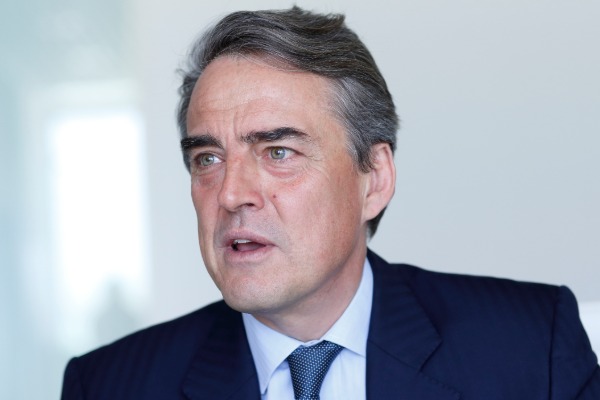Still No Relief

IATA reports that passenger demand in September remained highly depressed.
Results showed that:
- Total demand (measured in revenue passenger kilometers or RPKs) was 72.8% below September 2019 levels (only slightly improved over the 75.2% year-to-year decline recorded in August). Capacity was down 63% compared to a year ago and load factor fell 21.8 percentage points to 60.1%.
- International passenger demand in September plunged 88.8% compared to September 2019, basically unchanged from the 88.5% decline recorded in August. Capacity plummeted 78.9%, and load factor withered 38.2 percentage points to 43.5%.
- Domestic demand in September was down 43.3% compared to the previous year, improved from a 50.7% decline in August. Compared to 2019, capacity fell 33.3% and the load factor dropped 12.4 percentage points to 69.9%.
Alexandre de Juniac, IATA’s director general and CEO, said of the results: “We have hit a wall in the industry’s recovery. A resurgence in COVID-19 outbreaks–particularly in Europe and the US–combined with governments’ reliance on the blunt instrument of quarantine in the absence of globally aligned testing regimes, has halted momentum toward re-opening borders to travel.”
And he continued: “Although domestic markets are doing better, this is primarily owing to improvements in China and Russia. And domestic traffic represents just a bit more than a third of total traffic, so it is not enough to sustain a general recovery.”
IATA’s boss pointed out that: “Last week we provided analysis showing that the airline industry cannot slash costs fast enough to compensate for the collapse in passenger demand brought about by COVID-19 and government border closures and quarantines.”
And de Juniac continued: “Some 4.8 million aviation-sector jobs are imperiled, as are a total of 46 million people in the broader economy whose jobs are supported by aviation. To avoid this economic catastrophe, governments need to align on testing as a way to open borders and enable travel without quarantine; and provide further relief measures to sustain the industry through the dark winter ahead.”
He concluded: “A broader economic recovery is only possible through the connectivity provided by aviation.”


